Clove Polyps Care Guide – Care, Feeding & Lighting Tips
Introduction
Clove Polyps (Clavularia species), often called Daisy Polyps, are beginner-friendly soft corals admired for their delicate, daisy-like polyps. Available in a wide variety of colors, they provide graceful movement and attractive carpets of polyps that add vibrancy to reef aquariums. Though often confused with xenia, they aren't nearly as invasive, and are much more easily removed by peeling up their mats if their growth becomes a problem.
Scientific Name & Identification
Clove Polyps belong to the family Clavulariidae and are identified by their long, flower-like polyps connected by mats that creep over surfaces. Colonies can range from small clusters to large mats, with coloration spanning green, purple, pink, orange, and metallic tones. They are sometimes mistaken for Sympodium or Star Polyps but are easily identified by their daisy-like shape and stolon-based spreading pattern.
Natural Habitat
In the wild, Clove Polyps are distributed throughout the Indo-Pacific, where they encrust rubble zones, shallow reef flats, and lagoons. They thrive in moderate flow and lighting, covering available surfaces with clusters of polyps.
Aquarium Care & Setup
To keep Clove Polyps healthy and vibrant, aquarists should provide:
• Temperature: 74–80°F (23–27°C)
• pH: 8.1–8.4
• Salinity: 1.024–1.026
• Flow: Moderate flow that allows polyps to sway gently
• Lighting: Moderate lighting (50–150 PAR), though they adapt to a variety of intensities
• Placement: On rockwork or rubble with open space for colonies to spread
Feeding
Clove Polyps are photosynthetic but respond well to supplemental feeding. Occasional phytoplankton or fine powdered coral foods can promote faster growth and stronger coloration.
Growth and Behavior
These corals grow by extending stolons or runners that encrust surfaces, allowing colonies to spread steadily. Their polyps remain extended most of the time, creating a beautiful field of swaying flowers. While they are not aggressive, their rapid growth means they can overtake nearby corals if not managed.
Tankmates
Clove Polyps are peaceful and pair well with other soft corals, LPS, and SPS, as well as reef-safe fish and invertebrates. Suitable tankmates include clownfish, gobies, wrasses, tangs, and anthias. Care should be taken not to place them next to highly aggressive corals with stinging tentacles.
Conclusion
Clove Polyps are beginner-friendly, colorful, and fast-growing soft corals that bring graceful movement and vibrant color to reef aquariums. With their delicate daisy-like polyps and hardy nature, they are an excellent choice for both novice and advanced reef keepers.
Shop Clove Polyps


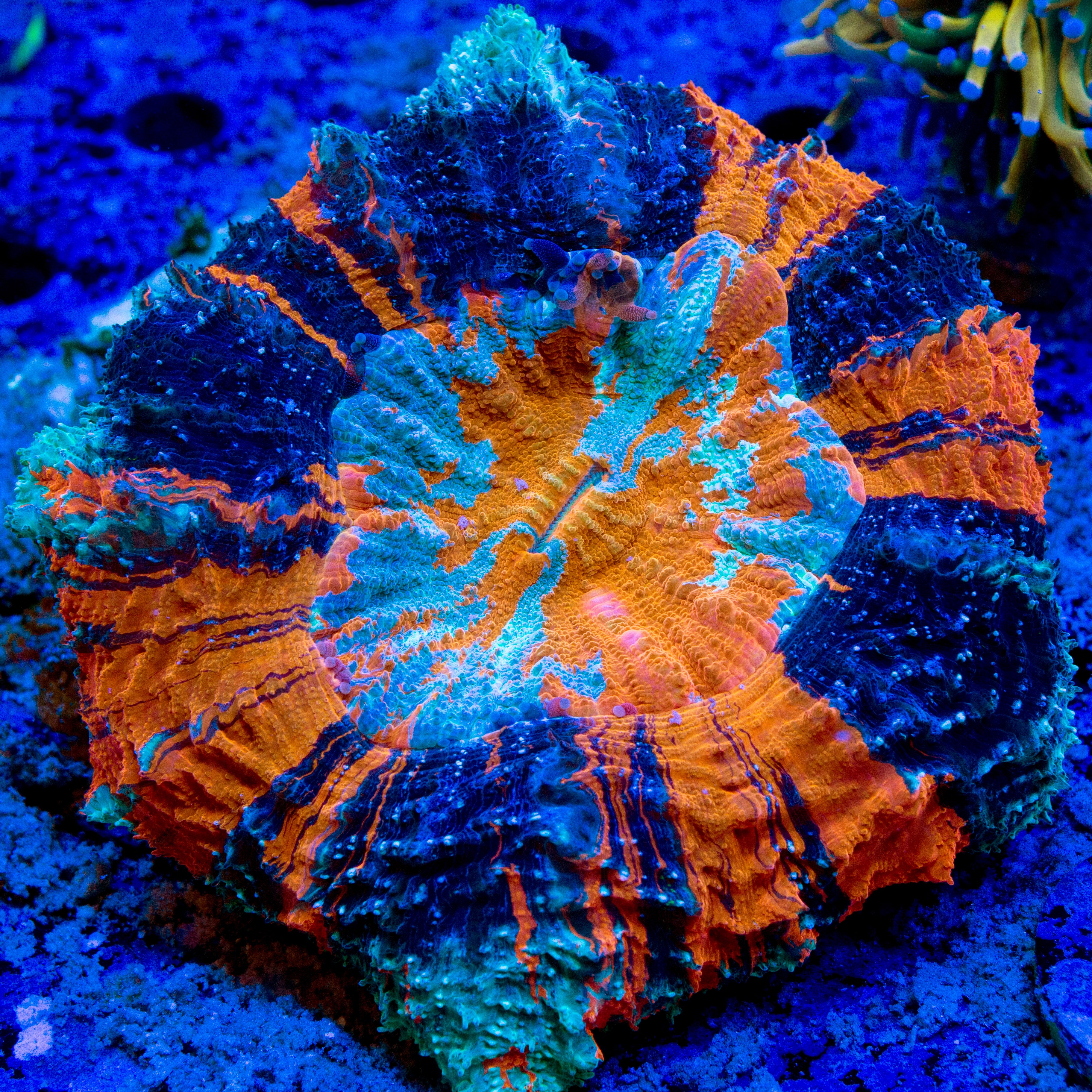
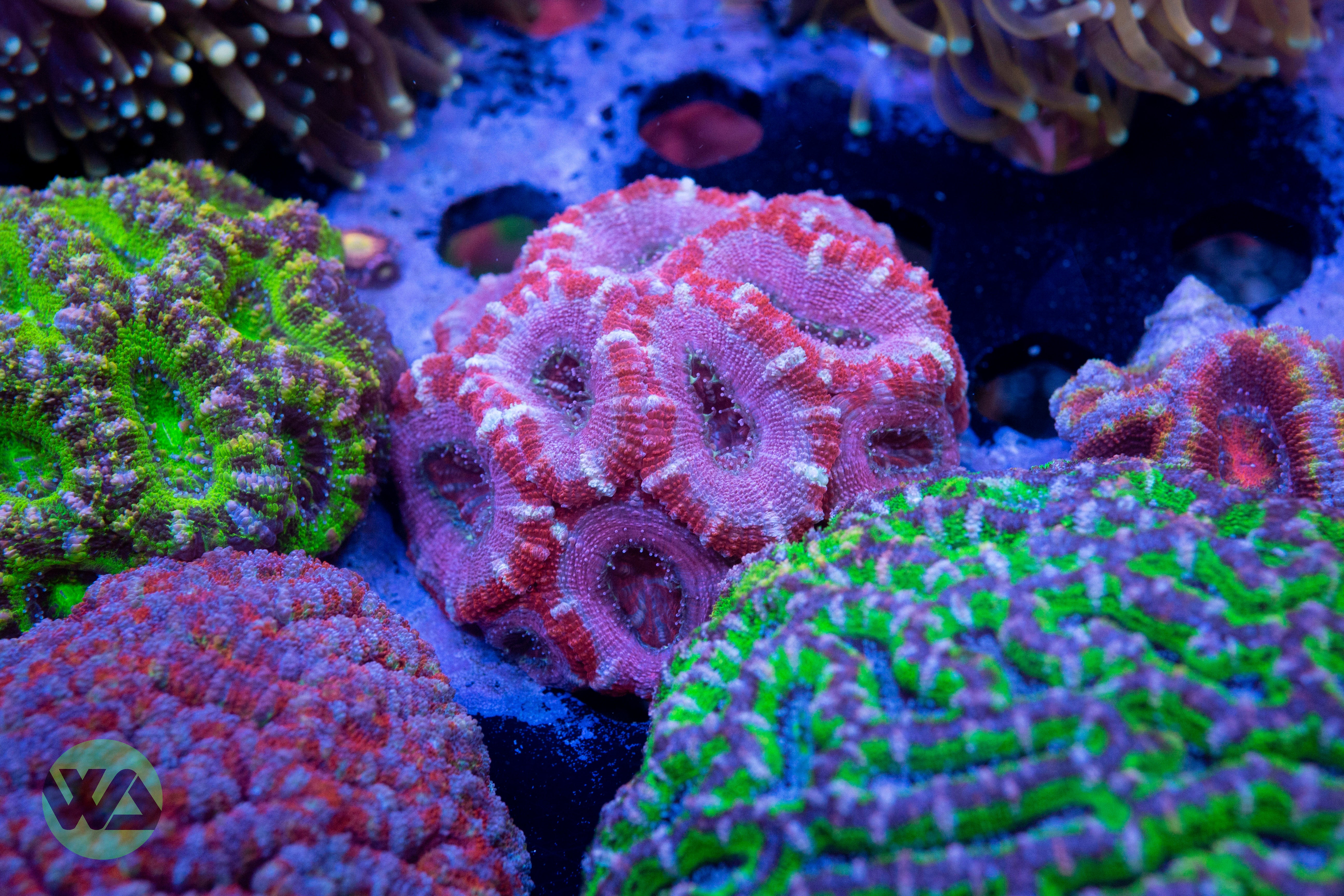
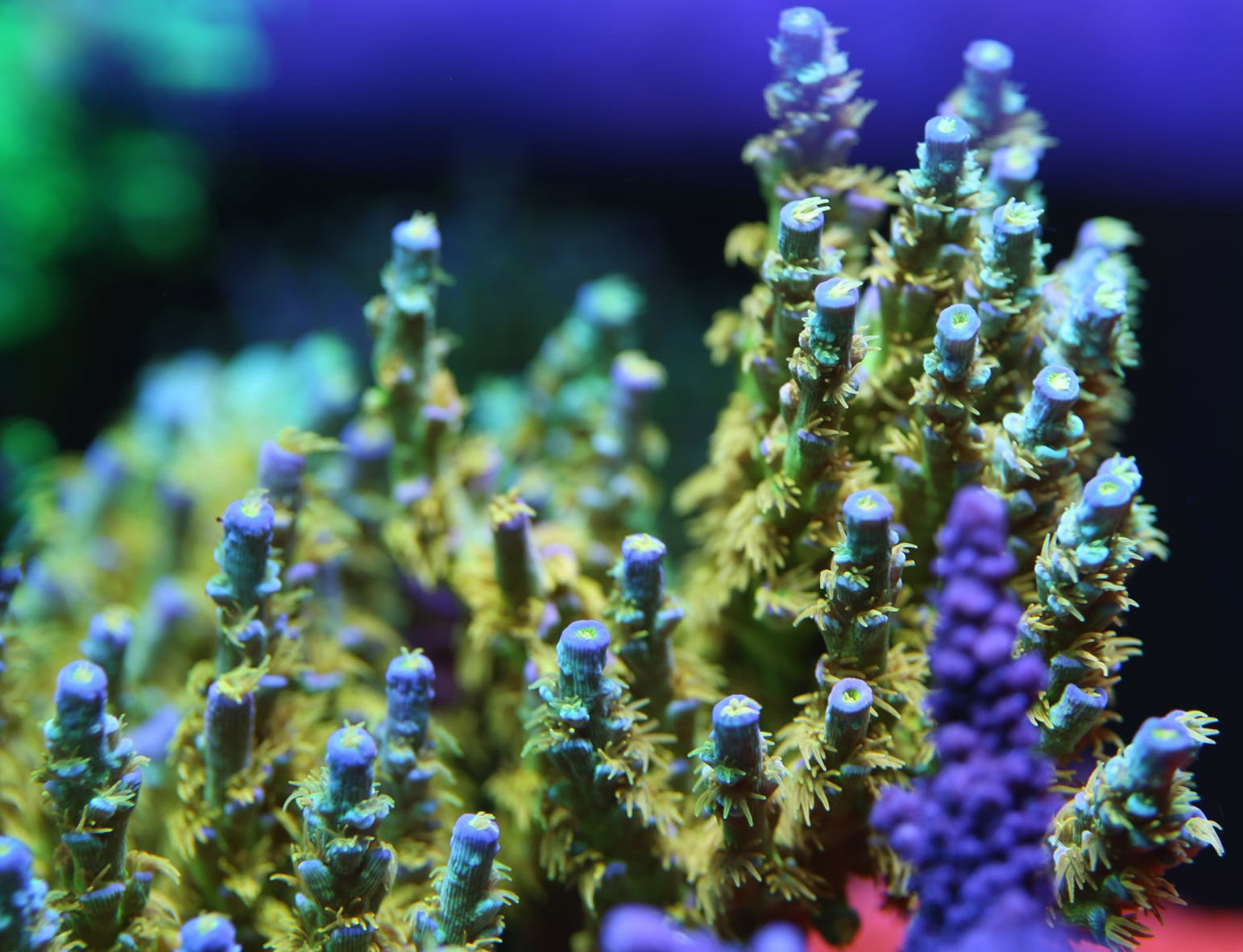
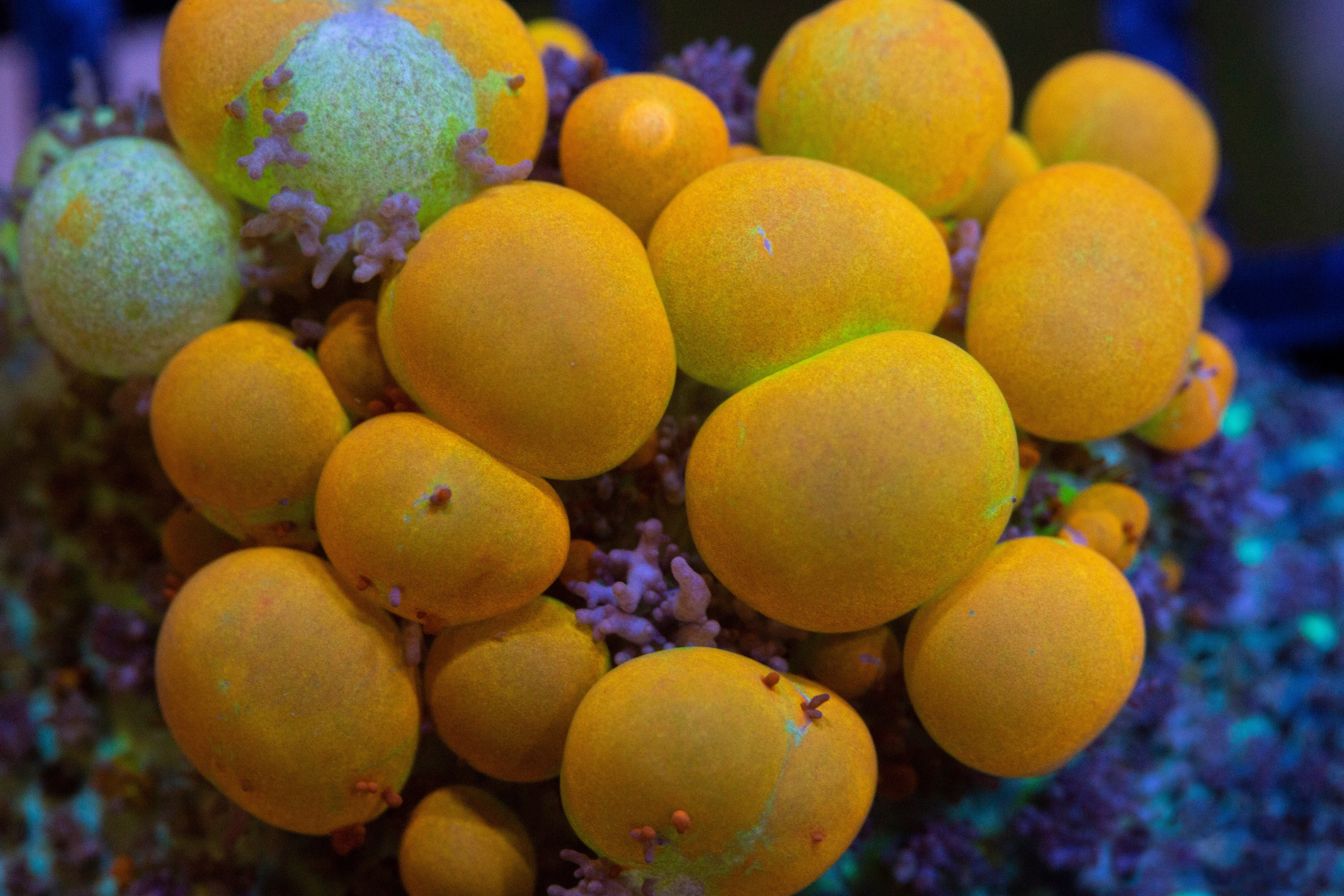
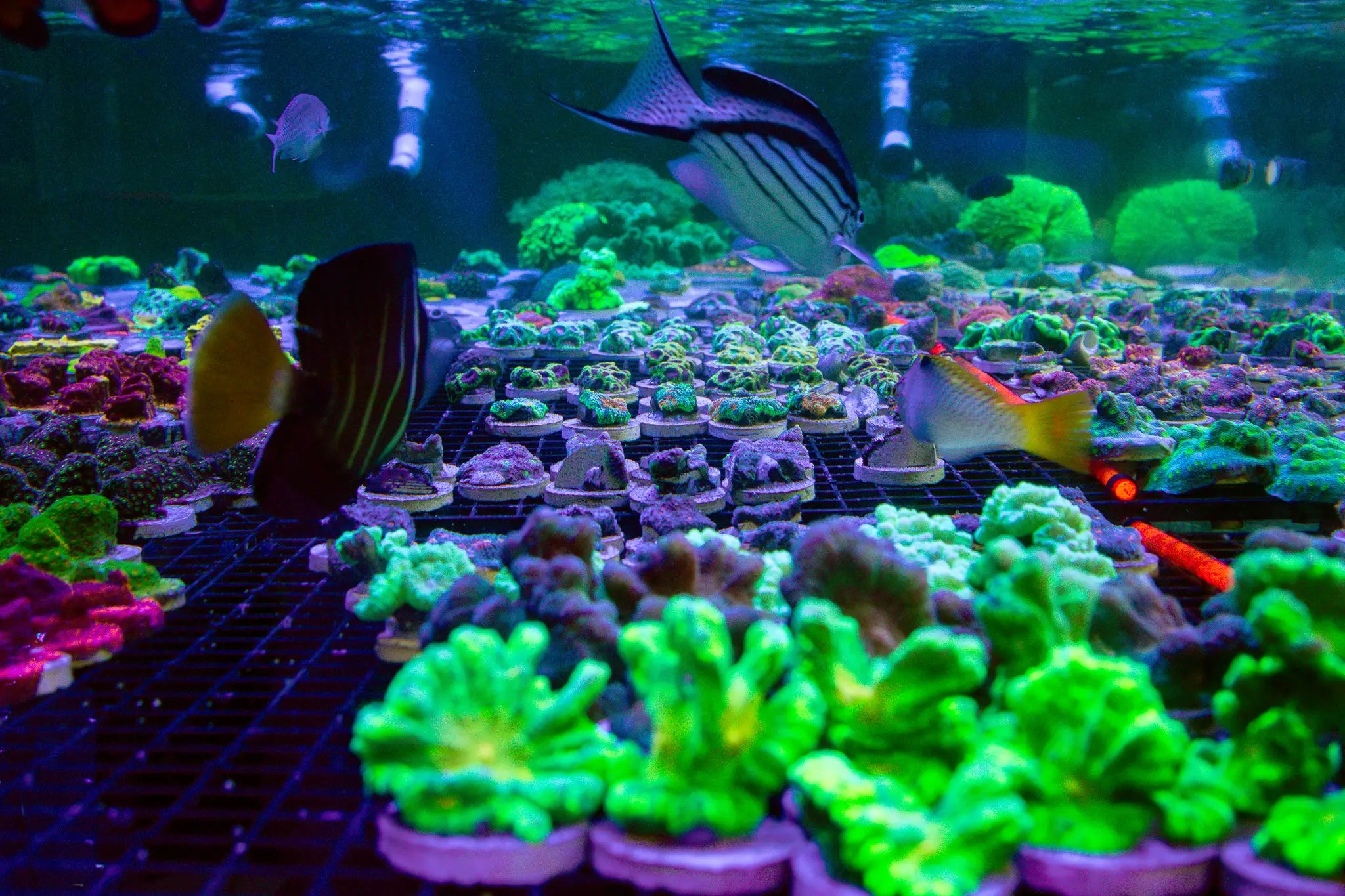

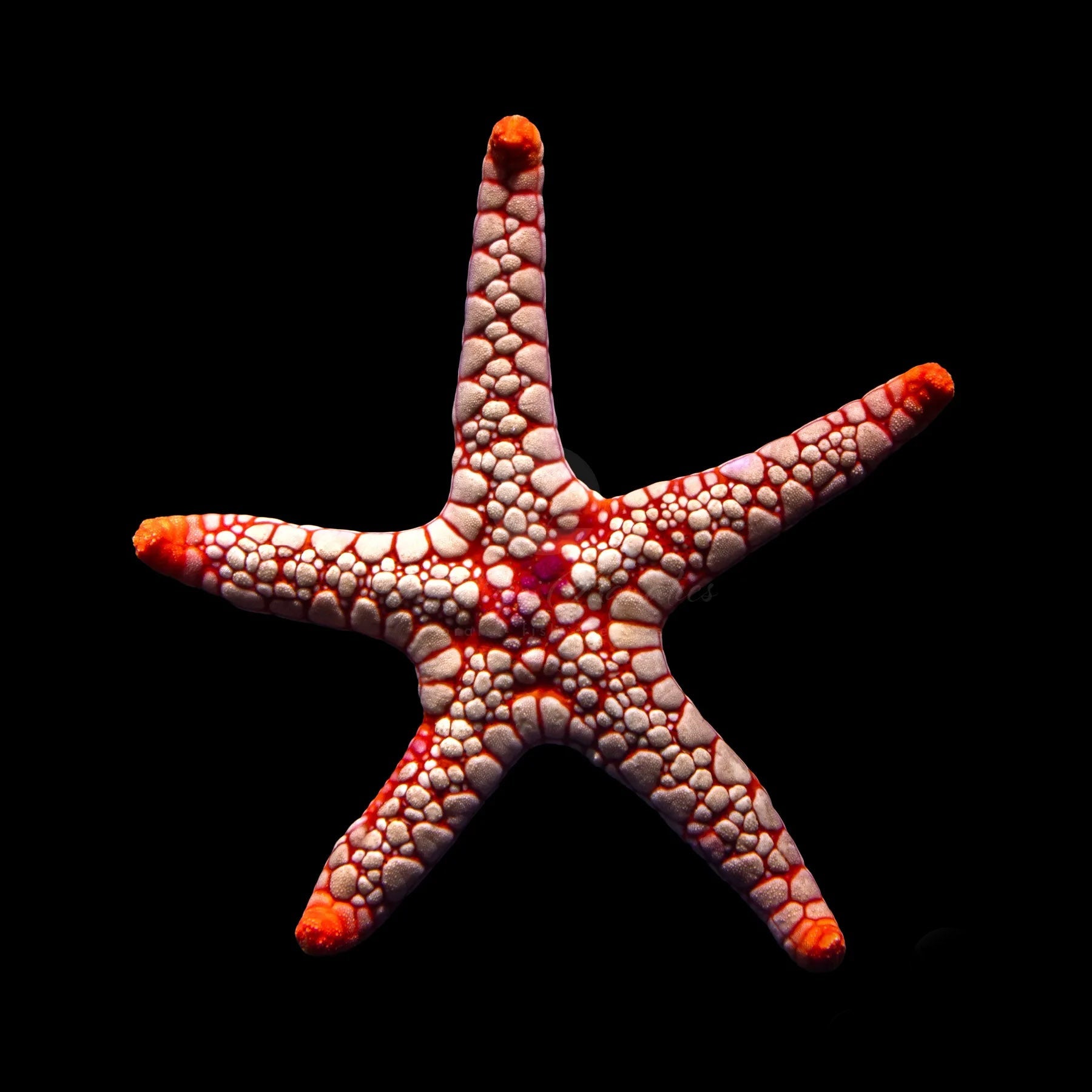
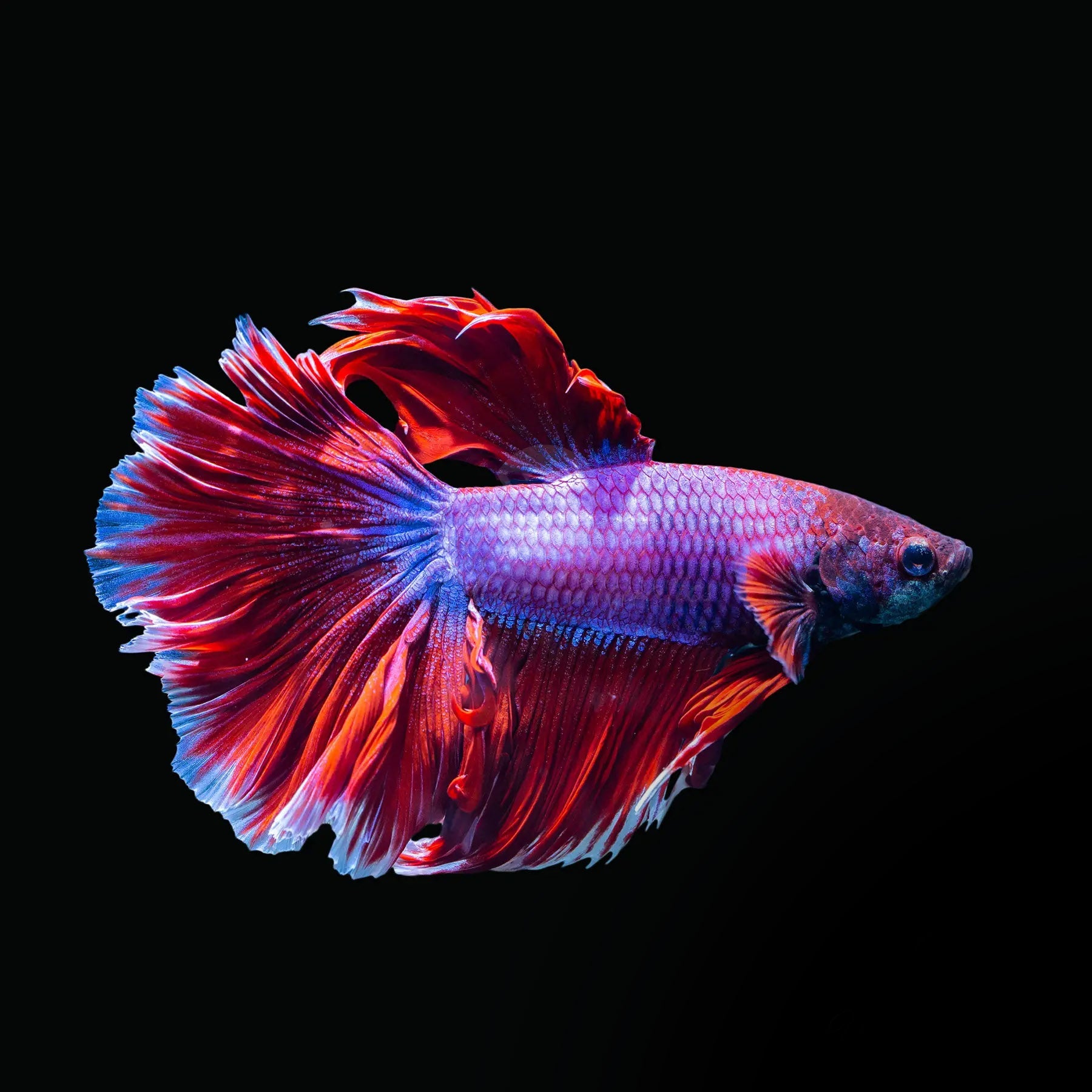
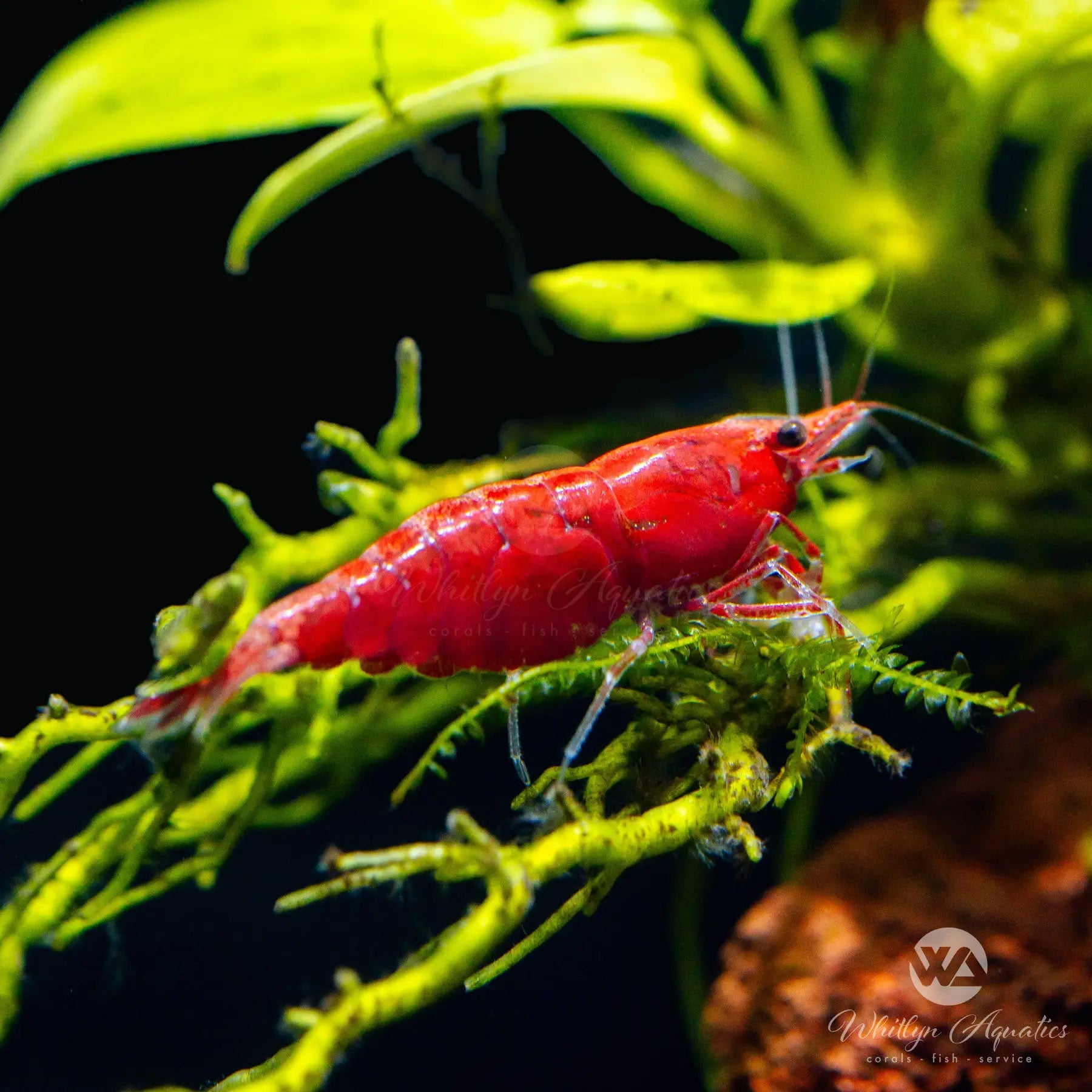
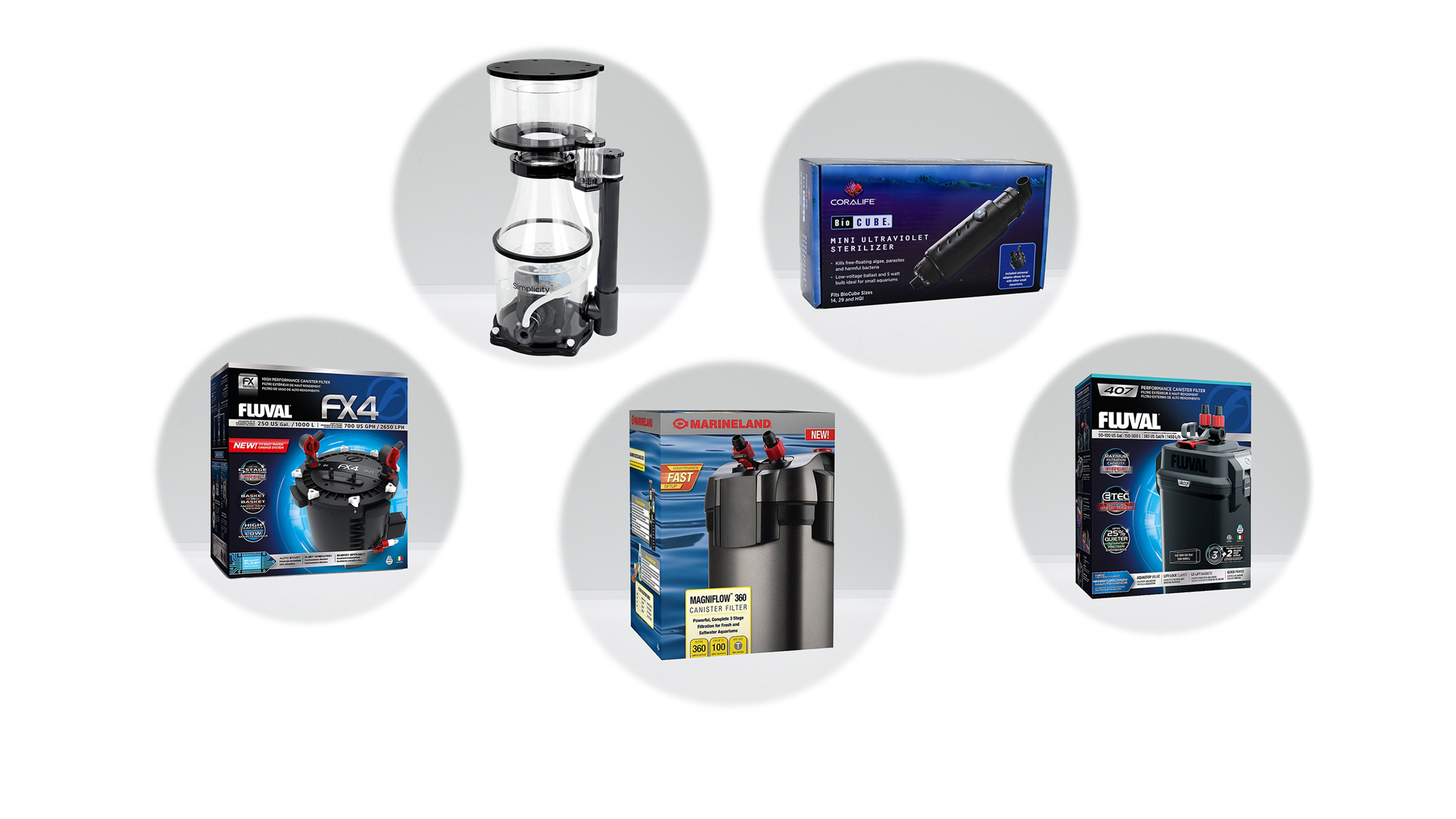
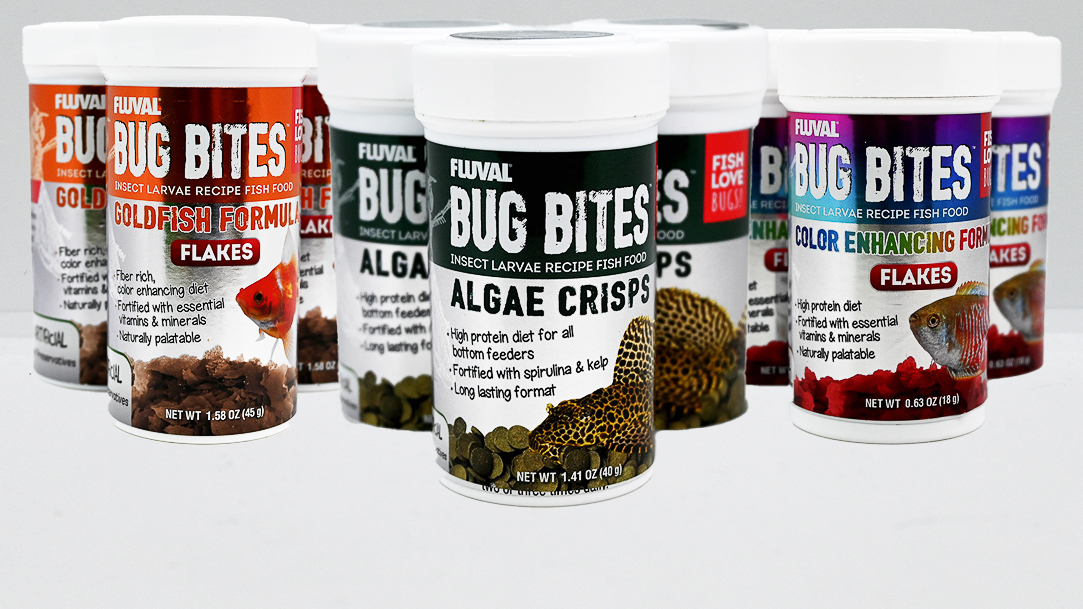
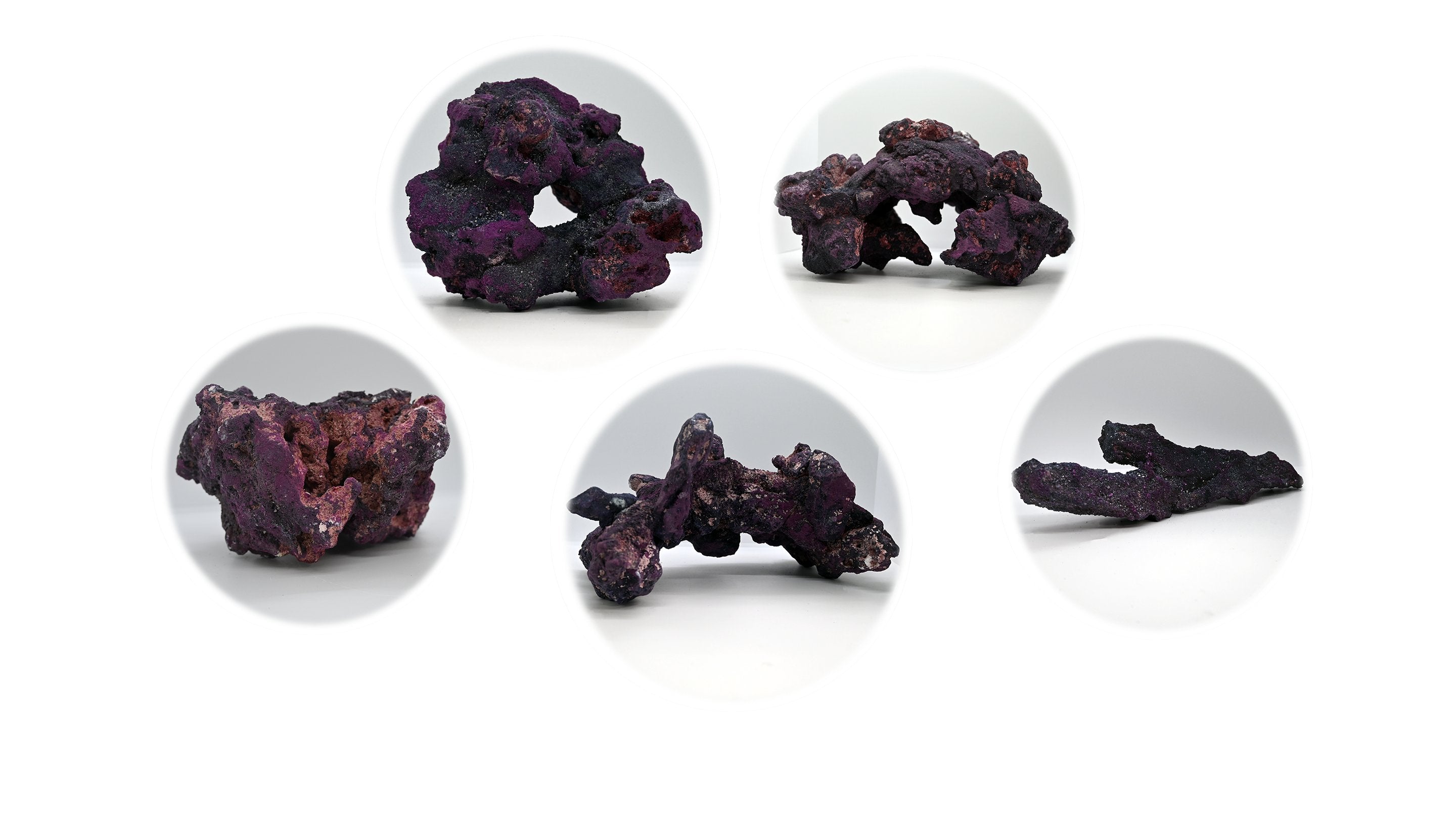
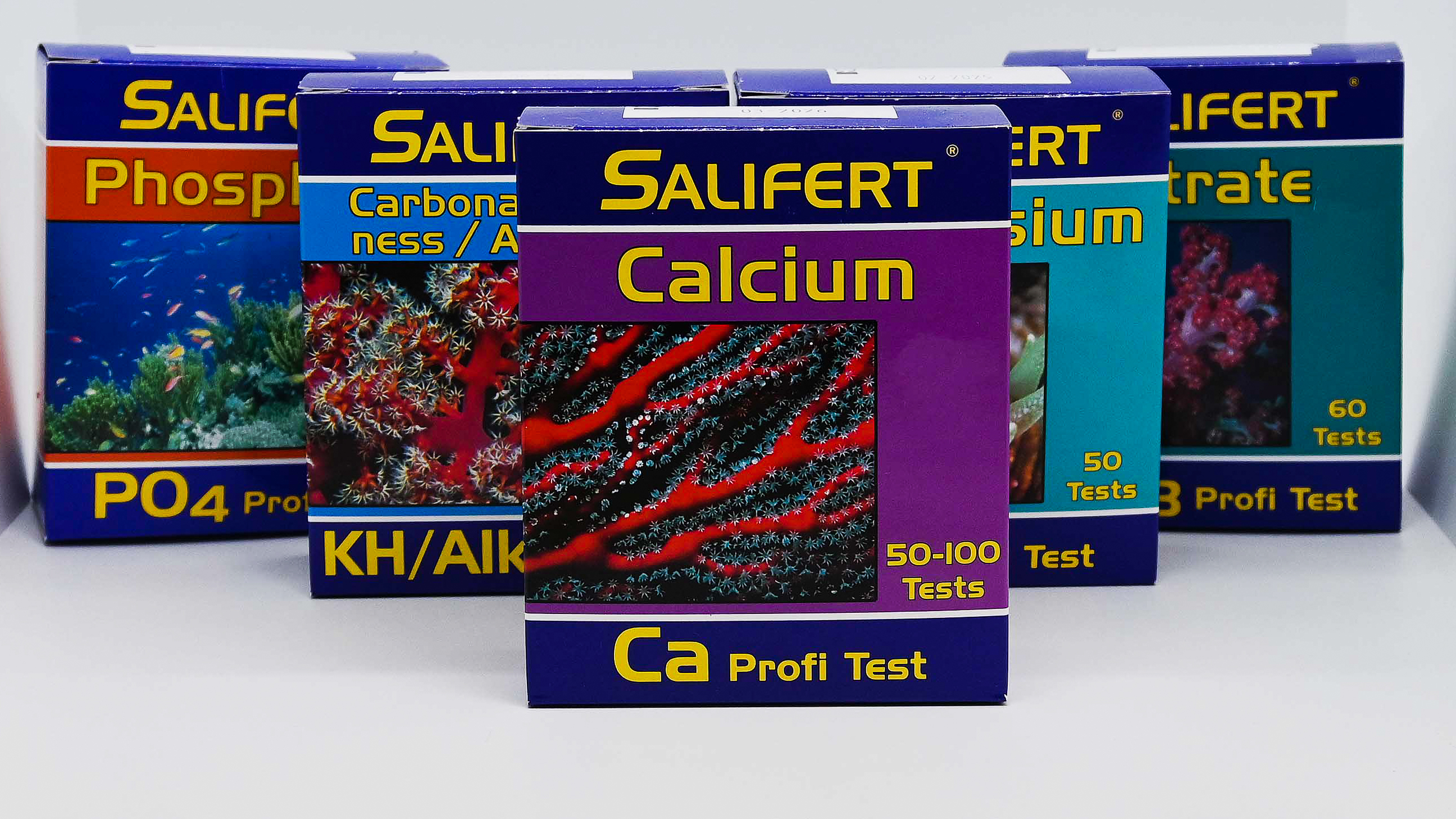
Leave a comment